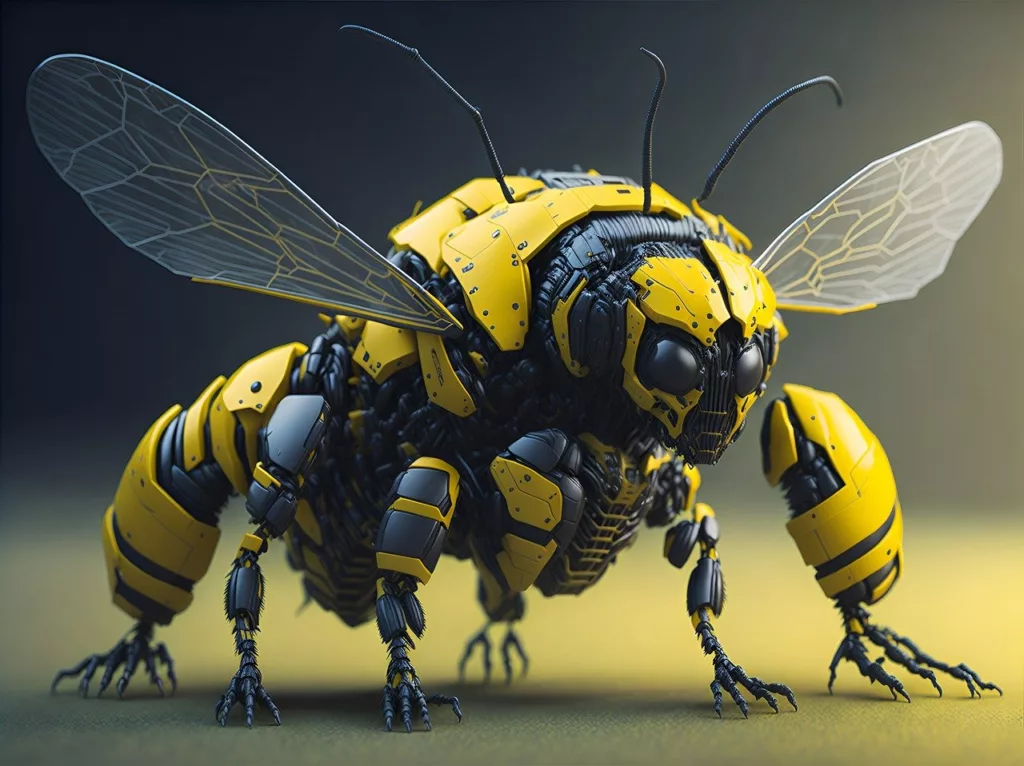“Unmanned aerial vehicles (UAVs), more commonly known as drones, have become increasingly sophisticated over the years, thanks in part to advances in artificial intelligence (AI) technology. Drones equipped with AI are now revolutionizing various industries, from agriculture to search and rescue. In this article, we’ll explore the capabilities of drones with AI and their wide-ranging applications.
Enhanced Autonomy with AI
Traditional drones are typically controlled by remote pilots who guide them through a predefined flight path. However, drones with AI are equipped with advanced algorithms that enable them to operate with a higher degree of autonomy. Here’s how AI enhances their capabilities:
1. Object Detection: AI-powered drones can detect and identify objects, such as people, vehicles, or even specific types of terrain, using computer vision and machine learning.
2. Navigation: AI algorithms enable drones to navigate complex environments, avoid obstacles, and adjust their flight paths in real time.
3. Autonomous Missions: Drones with AI can perform predefined missions autonomously, making them valuable tools for tasks like aerial surveys, inspection, and surveillance.
4. Data Analysis: AI-equipped drones can process the data they collect during flights, providing actionable insights and real-time information.
Applications of Drones with AI
1. Agriculture: AI-powered drones are used in precision agriculture for tasks like crop monitoring, disease detection, and yield prediction. They can analyze plant health and optimize the use of resources like water and fertilizer.
2. Search and Rescue: Drones with AI assist in locating missing persons or disaster survivors by quickly covering large areas, scanning for heat signatures, and transmitting crucial information to rescue teams.
3. Environmental Monitoring: These drones can monitor wildlife, track deforestation, and assess environmental changes, providing valuable data for conservation efforts.
4. Infrastructure Inspection: AI-equipped drones are employed for inspecting critical infrastructure such as bridges, power lines, and pipelines. They can identify structural issues and maintenance needs.
5. Delivery Services: Companies are exploring AI-driven drone deliveries, which could revolutionize the logistics industry by providing fast and efficient last-mile delivery solutions.
Future Developments
The future of drones with AI holds even more promise. Ongoing research and development efforts aim to improve their capabilities further. Some key areas of advancement include:
1. Swarm Intelligence: Researchers are working on swarms of AI drones that can collaborate and communicate with each other, enabling more complex missions and applications.
2. Energy Efficiency: Developing more energy-efficient AI algorithms and drone designs to extend flight times and reduce environmental impact.
3. Safety Measures: Implementing advanced safety features to prevent collisions and ensure compliance with regulations.
Drones with AI represent a significant technological advancement with wide-ranging applications. From agriculture to disaster response, these autonomous aerial vehicles are enhancing efficiency, safety, and data collection capabilities across various industries. As AI continues to evolve, we can expect even more innovative and impactful uses for drones in the near future.

